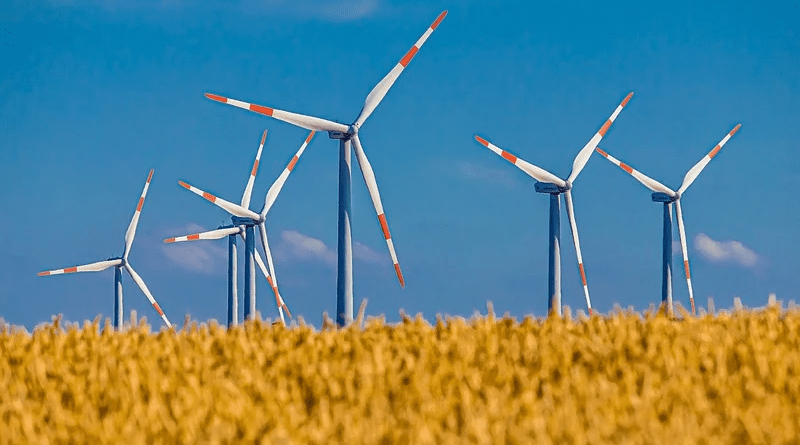Improved Wind Forecasts Save Consumers Millions In Energy Costs
Wind energy is occupying an increasingly large share of the energy landscape, which comes with an increasing reliance on the intermittent nature of wind.
Utilities must be able to predict wind patterns accurately and far in advance to determine how much additional energy they must produce from other sources. A bad prediction can cost the utility a lot of money, and those costs are then passed on to consumers. Conversely, a good prediction can result in substantial savings for those same customers.
In Journal of Renewable and Sustainable Energy, by AIP Publishing, scientists from Colorado State University and the National Oceanic and Atmospheric Administration determined that by increasing the accuracy of weather forecasts over the last decade, consumers netted at least $384 million in energy savings during that time.
The researchers based their predictions on NOAA’s High Resolution Rapid Refresh (HRRR) model, which continuously provides daily weather forecasts for every part of the United States. Part of these forecasts include wind speed and direction data, which utilities can employ to gauge how much energy their turbines will produce.
Every few years, NOAA releases an updated version of the HRRR model and spends a year testing it out while keeping the previous model in place. During that testing year, NOAA researchers compare each model’s forecasts to actual conditions to measure just how much each model improved over its predecessor.
“We were able to compare these models, side by side, and see when one model makes a better prediction than the other,” said author Martin Shields. “And what we see over time is that the models get better at predicting wind, and that generates additional savings for utility consumers.”
As expected, the newer models performed better, but the team wanted to quantify just how much better. Every difference between a predicted wind speed and a measured wind speed has a cost associated with it, from either needless operational costs or the price of extra electricity from the wholesale market.
By looking at the difference in errors from each model, the researchers were able to put a dollar amount on each upgraded model.
During the overlap model period in 2015 and again in 2017, the team calculated that if utilities had been using the newer model instead of the older one, they would have saved millions, most of which would have been passed on to consumers.
“The researchers at NOAA have been struggling for a long time to put a value on their forecast,” said Shields. “They know their models are getting better, they know that people use those in important economic decisions, but they have a hard time quantifying exactly what the value of that is.”
The researchers plan to turn their attention to HRRR’s cost savings due to cloud cover forecasts on solar power.

